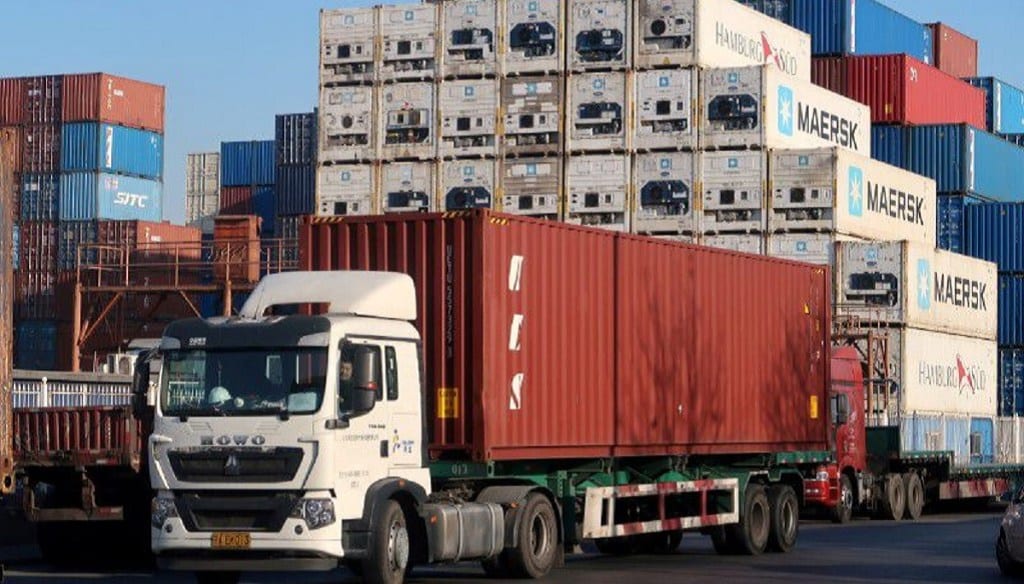– By Zaiba Sarang
Logistics forms the backbone of every industry in our country. The sector takes over one of the major responsibilities, transportation of goods and in turn, generates employment and contributes to economic growth. Ranging from agriculture, pharmaceuticals and transportation to e-commerce, medical or manufacturing, logistics holds a prominent position in all markets. In today’s times of hyperlocal delivery and real-time inventory management, it has become a vital part of the economy.
The progressive future of the logistics industry in India
The Indian logistics industry accounts for 14.4 per cent of the GDP but costs 14 per cent of the GDP. The sector is growing rapidly with an aim to achieve $380 billion by 2025. The surge in hyperlocal logistics along with the skyrocketing e-commerce industry are the major factors driving the industry’s growth. Additionally, technological advancements and the government promoting local manufacturing through the ‘Make in India campaign’ are also contributing to the industry’s progress.
National Logistics Policy 2022: A disruptive initiative for the logistics industry
As much as the Indian logistics industry is important and growing rapidly, it does face its fair share of challenges. The inefficiencies in the sector and its unorganized state obstruct the market to reach its optimal potential. However, it is gradually moving on to become an organized market. The government institutionalizing the logistics industry under the Department of Commerce in 2017 was one of the initiatives to ensure the same. Post that, there have been several developments that have been spurring the industry’s progress. The recent one is the launch of the National Logistics Policy which will help speed up the industry’s growth and ensure the seamless movement of cargo and people across transportation modes.
Also Read: Comprehending consumer demand and retail trends for 2023
NLP will emerge to be a game-changer for the Indian logistics industry and will bring efficiencies to the system. The objective of this initiative is to build a tech-enabled, integrated, cost-efficient, resilient, sustainable and reliable logistics system. National Logistics Policy also aims to reduce the current logistics cost from 13-14 per cent of the GDP to 10 – 11 per cent of developed economies such as the US, Germany and Japan. The larger vision of this policy is to improve the country’s logistics performance index ranking and global positioning by 2030.
The logistics industry generating employment
Currently, the industry employs more than 22 million people across roles in tier-I, -II and -III cities. It continues to create job opportunities for the unorganized workforce. With the NLP policy boosting the segment, logistics will create all the more jobs in the future. It is expected to add another 1.2 million jobs by 2025 with skill sets in data analysis, business intelligence, real-time technology application, etc. This way, the sector will contribute majorly to India’s social and economic development. Our country will also emerge to be a global hub for skilled resources in the supply chain sector. Eventually, India will garner a position where global companies would rely on us to outsource knowledge-based jobs in the logistics sector as well.
To sum up
The logistics sector is walking on the growth path and seems to have a progressive future. One of the major factors expediting this development will be the recently introduced National Logistics Policy. If executed efficiently, this initiative will bring a paradigm shift in multimodal transport and position India as a global player in the digital and paperless logistics system.In the long run, the aim is to bring down the logistics cost to single digits. In turn, logistics will also generate more than a million jobs across roles. The market will further play a crucial role in contributing significantly to the country’s dream of achieving a $5 trillion economy.
(Zaiba Sarang is the Co-founder of iThink Logistics)


